
Ingredient
Mustard flavour
The Zesty Essence: Mustard Flavour
Mustard flavour is characterized by its pungent, sharp, and tangy taste. It adds a unique depth of flavor to dishes, ranging from mild to fiery, depending on the variety and concentration used. The flavor is often described as spicy, earthy, and slightly bitter. Mustard flavour can be found in various forms, including mustard seeds, mustard powder, and prepared mustard.
Origins and history
Mustard has a long history dating back thousands of years. It is believed to have originated in ancient civilizations such as Egypt, Greece, and Rome, where it was highly valued for its medicinal properties. Over time, mustard became a staple condiment in many cuisines around the world. Today, it is widely used in European, Asian, and American cooking, adding a distinctive flavor to sauces, dressings, marinades, and pickles.
Nutritional information
Mustard flavour is low in calories and fat, making it a healthy addition to dishes. It is also a good source of antioxidants, vitamins, and minerals. However, it is important to note that some prepared mustards may contain added sugars or sodium, so it is advisable to check the labels for nutritional information.
Allergens
Mustard flavour may contain allergens such as mustard seeds, which can cause allergic reactions in some individuals. It is important to read the labels carefully and avoid mustard flavour if you have known allergies to mustard or related ingredients.
How to select
When selecting mustard flavour, opt for high-quality brands that use natural ingredients and avoid artificial additives. Look for products that have a strong aroma and vibrant color. Mustard seeds should be plump and free from moisture or signs of mold. Store mustard seeds and powder in airtight containers in a cool, dark place to maintain their freshness and flavor.
Storage recommendations
Mustard flavour should be stored in a cool, dry place away from direct sunlight. Prepared mustard should be refrigerated after opening to maintain its quality and prevent spoilage. Mustard seeds and powder can be stored in airtight containers in a pantry or cupboard for up to a year.
How to produce
Mustard plants can be grown in home gardens or containers, making it accessible for amateur gardeners. They thrive in well-drained soil and require regular watering. Mustard seeds can be sown directly in the garden or started indoors and transplanted. With proper care and attention, mustard plants can be harvested within a few months.
Preparation tips
Mustard flavour can be used in a variety of ways in the kitchen. It can be used as a condiment for sandwiches, hot dogs, and burgers. It adds a tangy and spicy kick to salad dressings, marinades, and sauces. Mustard seeds can be used in pickling, while mustard powder can be used to make homemade mustard or added to spice blends and rubs for meats and vegetables.
Culinary uses
Mustard flavour is commonly used in European cuisine, particularly in French, German, and British dishes. It is a key ingredient in classic condiments such as Dijon mustard, whole grain mustard, and English mustard. Mustard flavour is also widely used in Indian cuisine, where it is a vital component of curry pastes and spice blends. It can be found in various global cuisines, adding a zesty and tangy flavor to a wide range of dishes.
Availability
Worldwide
More ingredients from this category » Browse all

Balsamic vinegar flavour
The Tangy Elixir: Unveiling the Magic of Balsamic Vinegar
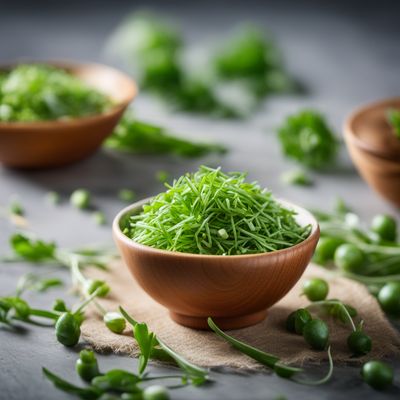
Chives flavour
The Delicate Allium
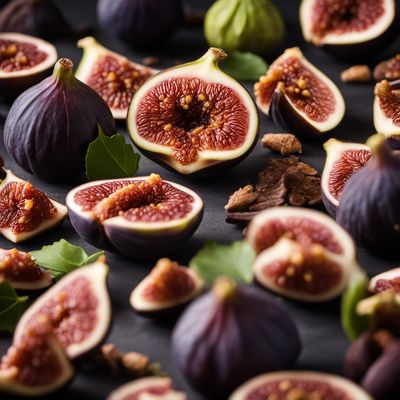
Figs dried flavour
The Sweet Essence of Dried Figs
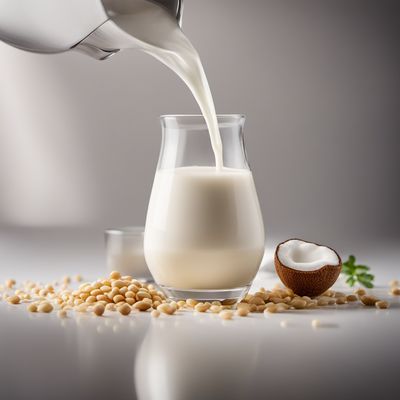
Milk flavour
The Creamy Elixir
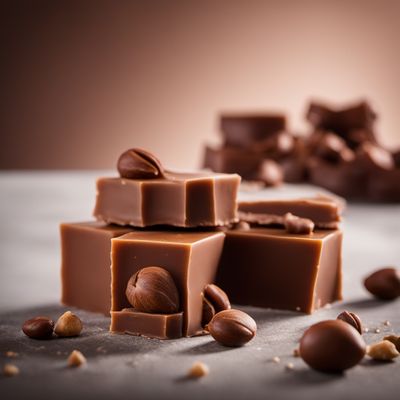
Gianduia flavour
Decadent Hazelnut Chocolate

Hot & spicy flavour
Fiery Sensations
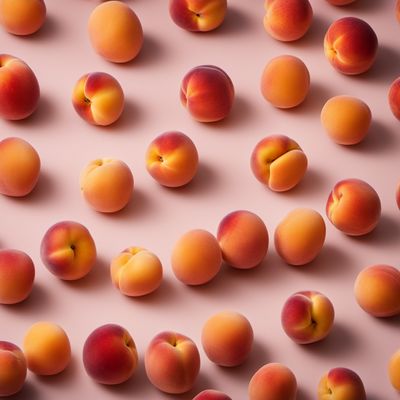
Peach flavour
The Essence of Summer
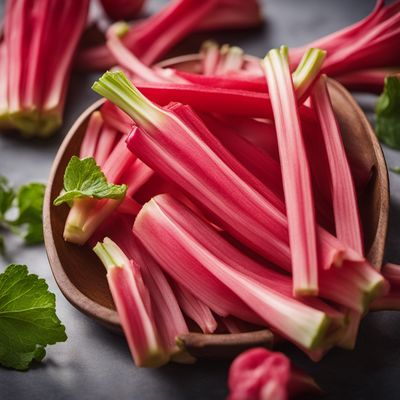
Rhubarb flavour
The Tangy Delight: Rhubarb Flavour

Herbs flavour
The Essence of Nature

Wine flavour
Unlocking the Essence of Wine
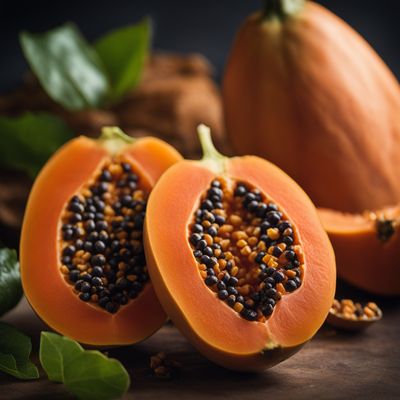
Papaya flavour
The Tropical Delight
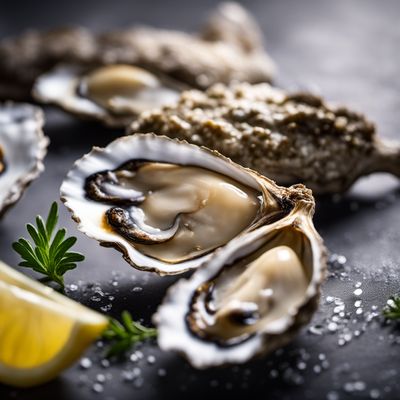
Oyster flavour
"The Ocean's Umami: Exploring the Delicate and Savory Oyster Flavour"